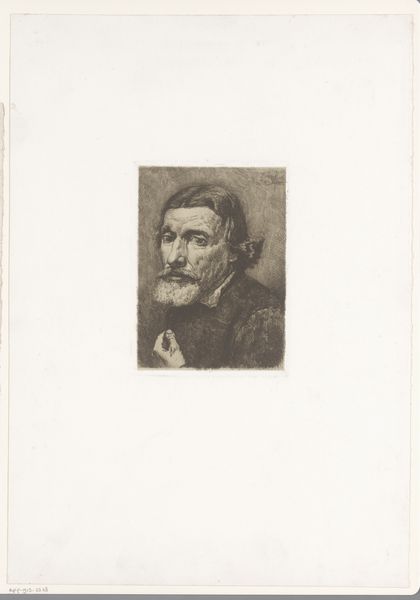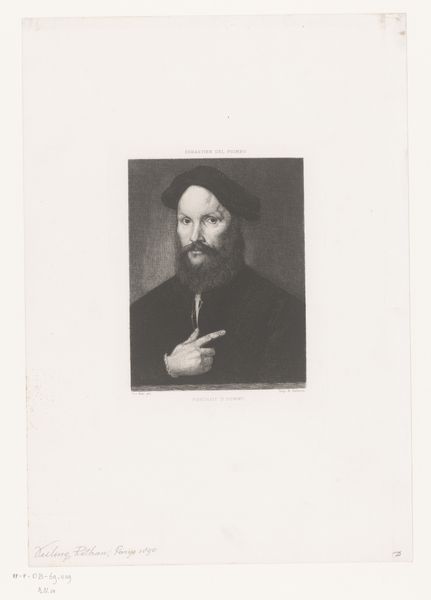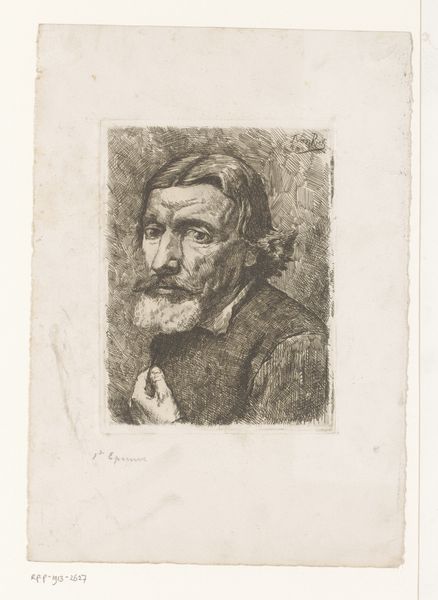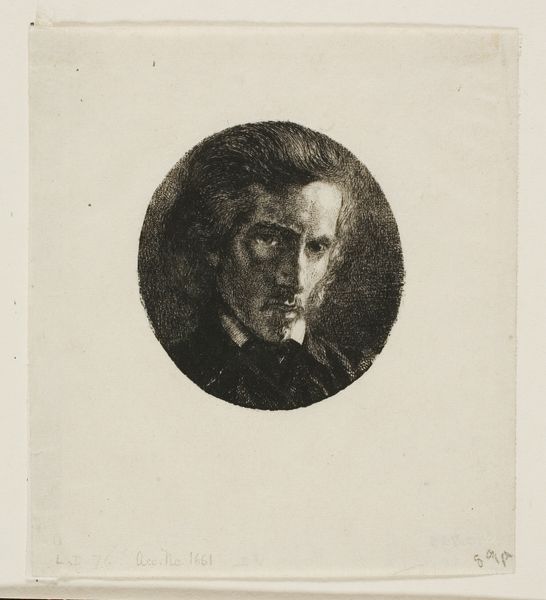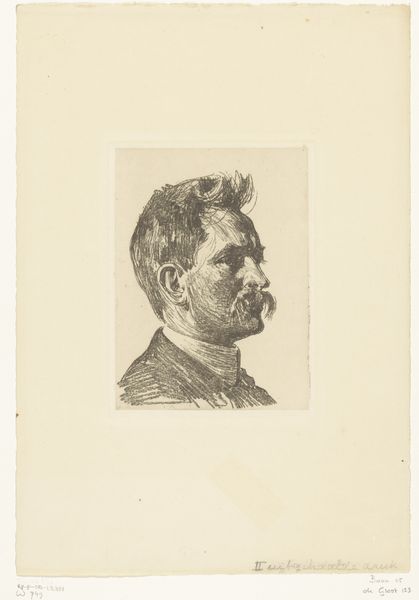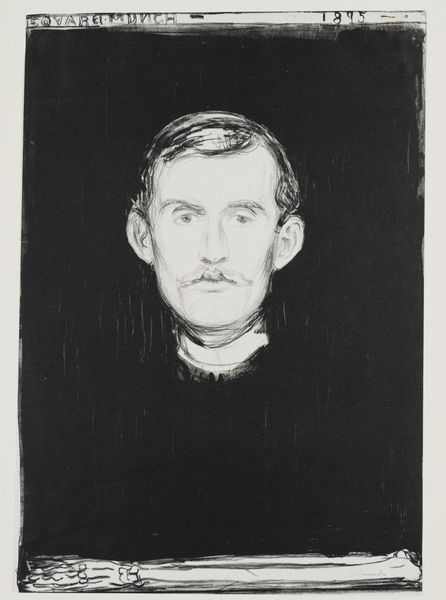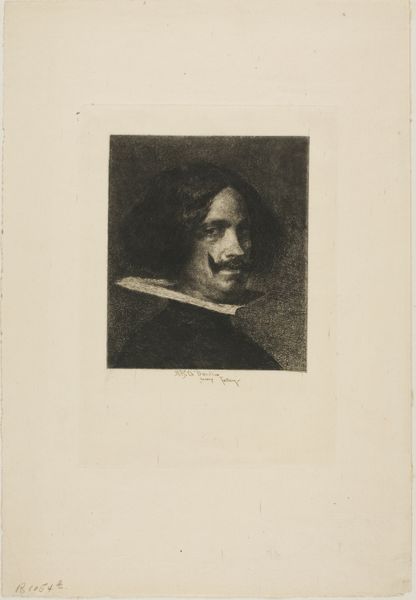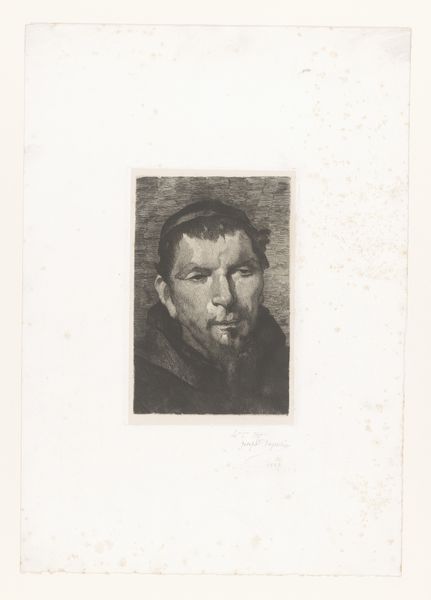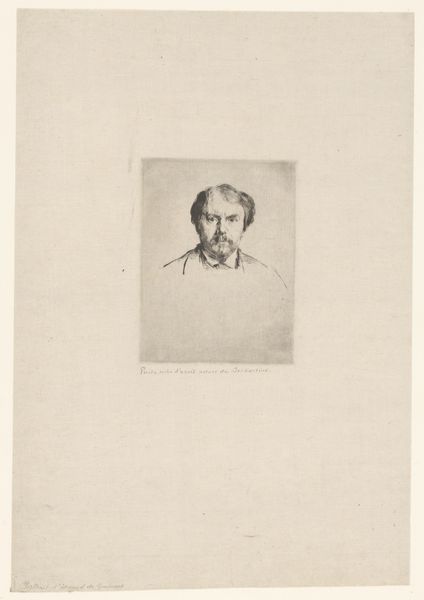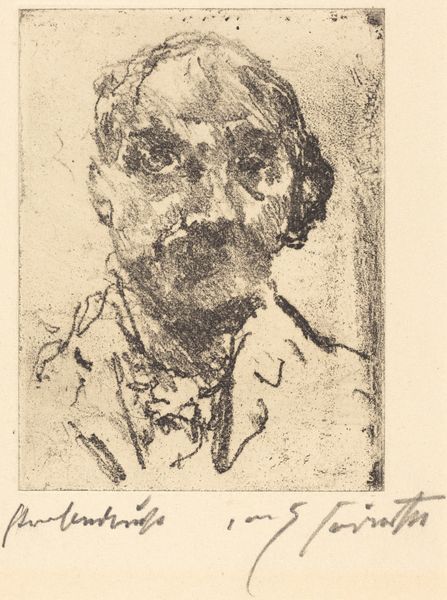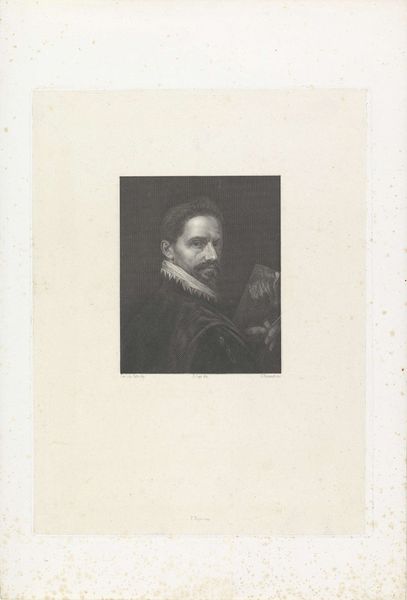
#
pencil drawn
#
photo of handprinted image
#
light pencil work
#
photo restoration
#
shading to add clarity
#
pencil sketch
#
light coloured
#
old engraving style
#
pencil drawing
#
pencil work
Dimensions: height 190 mm, width 124 mm
Copyright: Rijks Museum: Open Domain
Editor: This is "Portret van Willem I, graaf van Nassau-Dillenburg" by Willem (I) Steelink, likely created between 1841 and 1893. It looks like a print, maybe an engraving or lithograph? There’s a really striking quality to the mark-making; I’m curious about the labor involved in creating something like this back then. What catches your eye in this portrait? Curator: What interests me most is the means of its production. It mimics an earlier style, doesn't it? This was likely a reproduced image meant for mass consumption. Consider the social context: What kind of workshops and skills were involved in replicating images like this? Who had access to it, and how does that impact our understanding of Willem I and his legacy? Editor: So you're saying the *copy* is as interesting as the original portrait might have been? Is it about how accessible such portraits became to a wider audience, and how that might affect their perception of a historical figure like Willem I? Curator: Exactly. The materiality of the print itself tells a story. Think about the paper, the ink, the tools used to create the matrix – each element speaks to the networks of trade, the availability of materials, and the value placed on replicating images. What impact would repeated reproduction have on both the image itself and the ideas represented by the portrait? Editor: It's almost like an early form of media, right? Like newspapers printing images, helping to build narratives for the public. Curator: Precisely. It collapses the distance between the elite and the public, using materiality and accessible labor as tools to do it. So it’s also challenging our notions of 'high art,' placing craft and social reach into the conversation. What do you make of that now? Editor: I’ve always seen prints as less significant than paintings but looking at it this way makes me realize the story isn't just about *who* is portrayed but *how* it was made and *who* it was made for. It highlights production in a way that is usually overshadowed by authorship. Thanks, I’ll have to consider prints through that lens going forward.
Comments
No comments
Be the first to comment and join the conversation on the ultimate creative platform.
